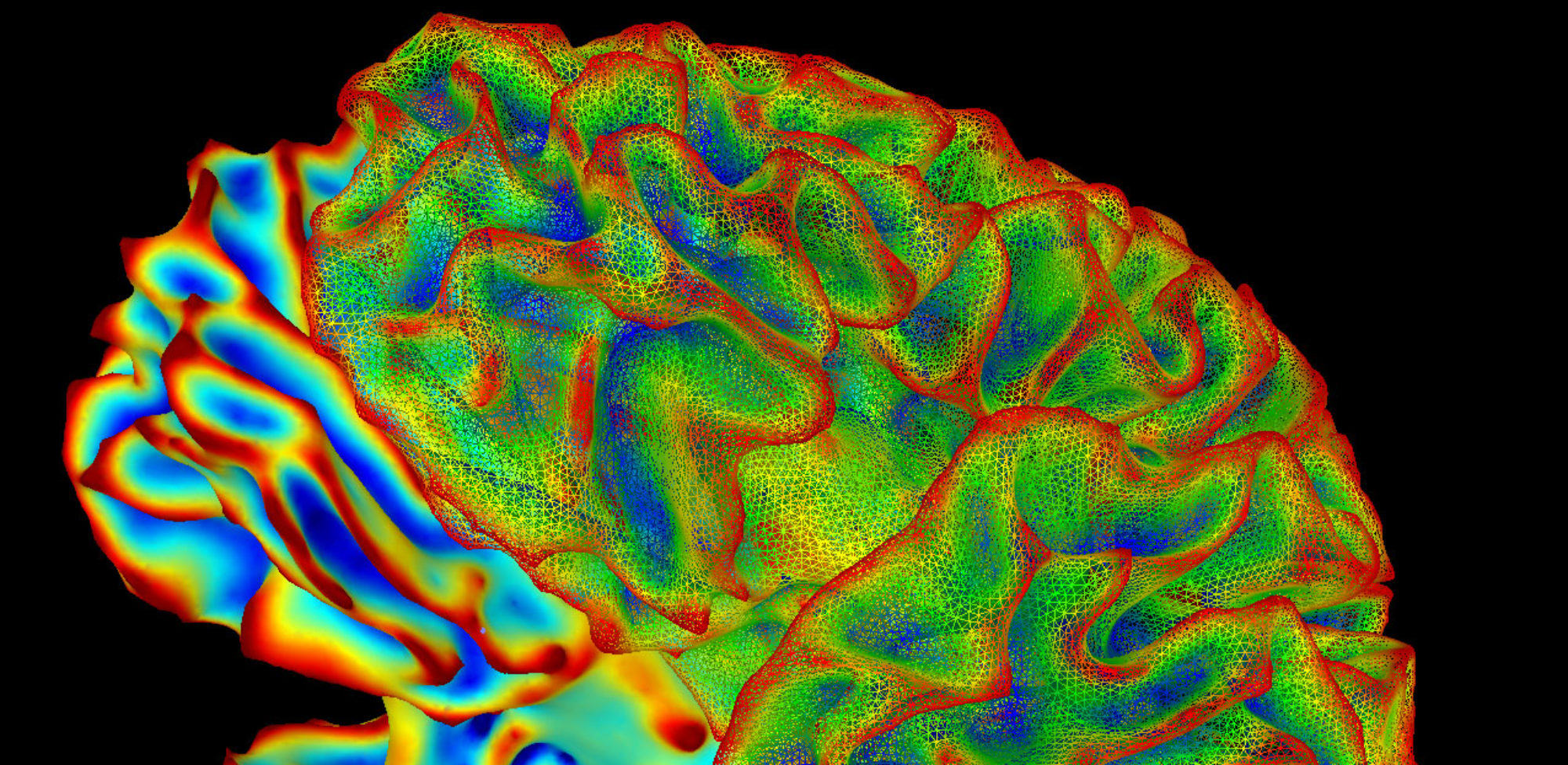
Assistant Professor
I have a broad background in signal processing, psychophysics and computational modeling from pre-doctoral and doctoral work. My doctoral research resulted in the first comprehensive model of visual crowding, a ubiquitous phenomenon in peripheral vision that severely degrades our ability to identify objects in clutter. Crowding is especially detrimental in patients with central vision loss. During my post-doctoral training at the Salk Institute, I employed advanced electrophysiological and optogenetic techniques in the alert non-human primate to investigate the neuronal mechanisms of shape processing and attention in the visual cortex. My research has uncovered the detailed spatio-temporal structure of shape processing in neurons in visual area V4, a critical area for both shape processing and attention. I have investigated the causal role of low-frequency correlated variability in neural activity on attentive behavior. Further, I have uncovered the cortical layer-specific organization of attentional modulation in the visual cortex. Together, these studies promise to significantly advance our current understanding of the cortical circuits of attention. My lab at Yale studies the cortical layer-specific mechanisms of visual perception and attention.
